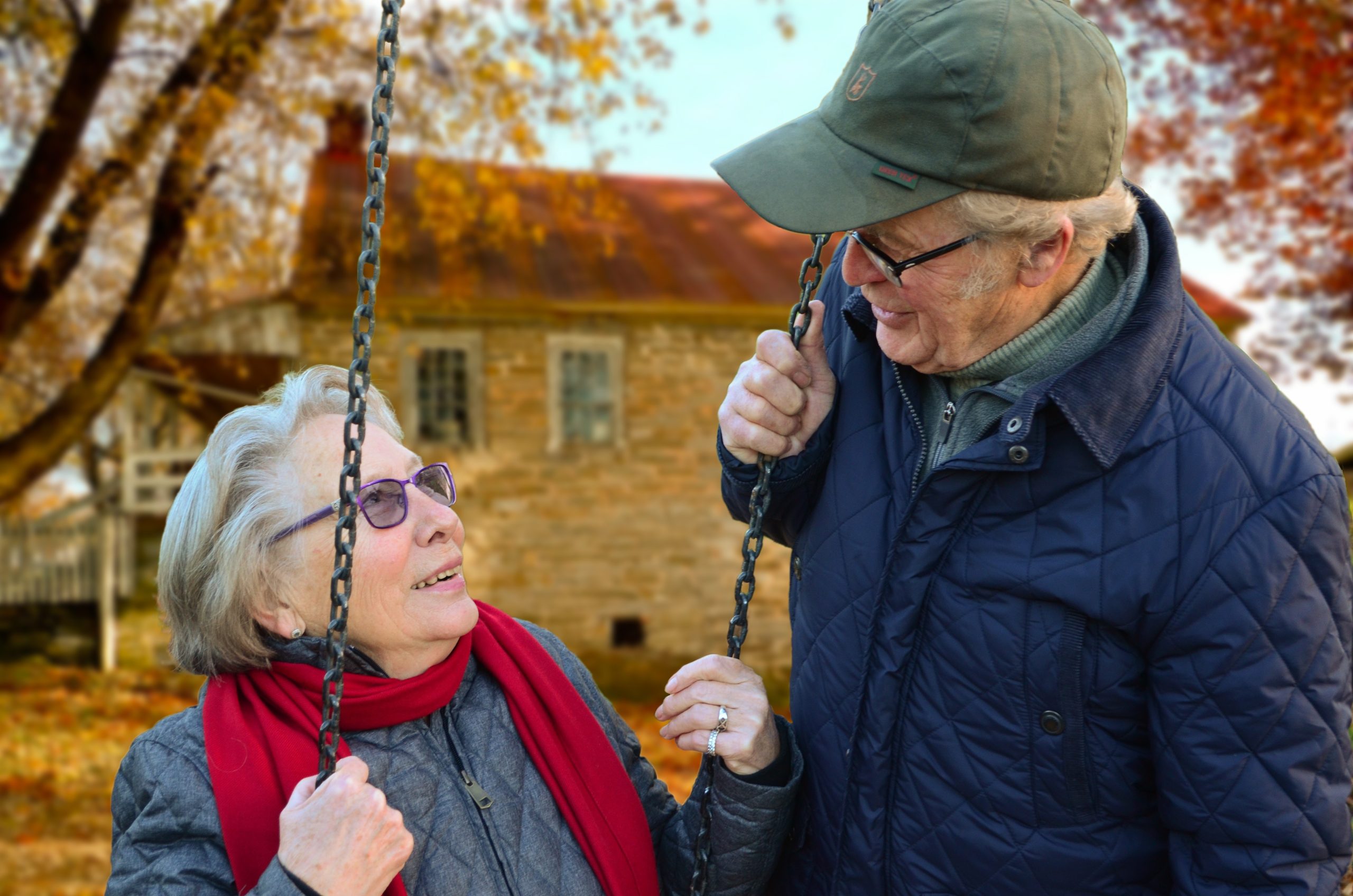Exploring the Different Types of Sleep Disorders Common in Seniors

The image is not directly related to the article. It merely symbolizes the life of elderly people.
As we age, our sleep patterns tend to change. Many seniors find themselves struggling to get a good night’s sleep due to various sleep disorders. These disorders can not only affect the quality of sleep but also have a negative impact on overall health and well-being. It’s important for seniors and their caregivers to be aware of the different types of sleep disorders common in this age group and how they can be managed.
One common sleep disorder in seniors is insomnia. This is characterized by difficulty falling asleep, staying asleep, or getting restful sleep. Insomnia can be caused by a variety of factors, including stress, anxiety, certain medications, and underlying health conditions. To manage insomnia, seniors should establish a regular sleep schedule, create a relaxing bedtime routine, and avoid stimulants like caffeine and electronics before bed.
Another common sleep disorder in seniors is sleep apnea. This occurs when a person’s breathing is interrupted during sleep, leading to loud snoring and periods of gasping or choking. Sleep apnea can increase the risk of heart disease, stroke, and other serious health problems. Treatment options for sleep apnea include continuous positive airway pressure (CPAP) therapy, oral appliances, and lifestyle changes like weight loss and quitting smoking.
Restless legs syndrome (RLS) is another sleep disorder that is more prevalent in seniors. This condition is characterized by an uncontrollable urge to move the legs, usually due to uncomfortable sensations like tingling or crawling. RLS can make it difficult to fall asleep and stay asleep, leading to daytime fatigue and irritability. Treatment for RLS may include medications, lifestyle changes, and relaxation techniques.
Seniors may also experience periodic limb movement disorder (PLMD), which involves repetitive movements of the legs or arms during sleep. These movements can disrupt sleep and lead to daytime sleepiness and fatigue. Treatment for PLMD may include medications, lifestyle changes, and relaxation techniques.
In addition to these common sleep disorders, seniors may also experience sleep disturbances due to other health conditions like arthritis, dementia, and chronic pain. It’s important for seniors to talk to their healthcare provider if they are having trouble sleeping, as these issues can often be managed with proper diagnosis and treatment.
Overall, it’s essential for seniors to prioritize good sleep hygiene and address any underlying health issues that may be contributing to sleep disturbances. By understanding the different types of sleep disorders common in seniors and seeking appropriate treatment, older adults can improve their sleep quality and overall well-being.
The image is not directly related to the article. It merely symbolizes the life of elderly people. As we age, our sleep patterns tend to change. Many seniors find themselves struggling to get a good night’s sleep due to various sleep disorders. These disorders can not only affect the quality of sleep but also have…
Recent Posts
- Empowering Caregivers: The Best Online and Offline Resources to Enhance Your Skills
- Traveling with a Purpose: The Rise of Volunteer Vacations
- Breaking Stigma: Dispelling Myths about Mobility Aids and Disability
- Avoiding Probate: How Trusts Can Simplify the Estate Settlement Process
- Senior Citizens Beware: Common Financial Scams and How to Stay Protected

